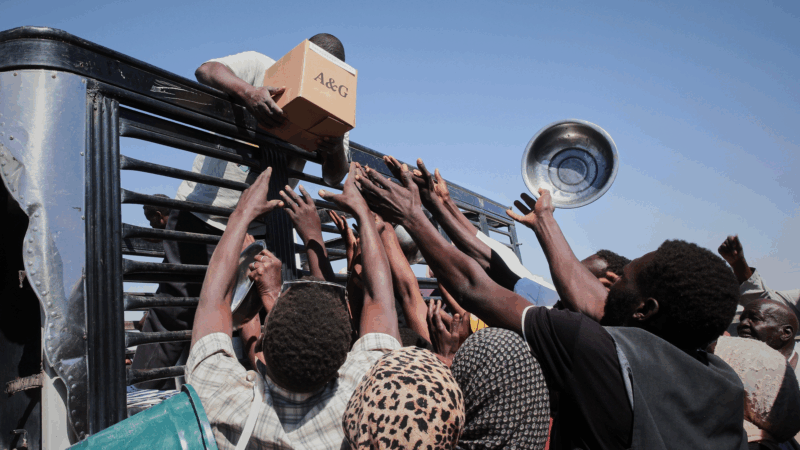Pig kidney transplant fails after patient rejection
The world’s longest-lasting pig organ transplant has failed, doctors announced Friday.
Towana Looney, 53, of Gadsden, Ala., had her pig kidney removed on April 4, after her body rejected the genetically modified organ, according to NYU Langone Health in New York. The pig organ transplant, a landmark in the quest to develop alternatives to scarce human organs for transplantation, took place Nov. 25, 2024.
The kidney was still working well, but appeared to have been rejected because Looney had to reduce her antirejection medication due to an infection, according to the hospital.
“Towana Looney’s genetically engineered pig kidney functioned well for over four months, and she was able to enjoy life without dialysis for the first time in nine years,” Dr. Robert Montgomery of NYU Langone Health, who performed the operation, said in a statement.
“Towana’s willingness to endeavor into the unknown to help solve the nation’s organ shortage crisis will impact many more lives after her,” Montgomery said. “We celebrate her tremendous courage and sacrifice. She lived with a pig kidney longer than any other human in history, and the field has learned a great deal from her. Her contribution has furthered the hope and promise of genetically engineered pig organs as an alternative source to human organs.”
Looney has resumed dialysis, according to the statement. NPR had exclusive access to witness her original surgery.
“I’m so grateful to have been given the opportunity to be part of this incredible research,” Looney said in the statement.
“For the first time since 2016, I enjoyed time with friends and family without planning around dialysis treatments. Though the outcome is not what anyone wanted, I know a lot was learned from my 130 days with a pig kidney—and that this can help and inspire many others in their journey to overcome kidney disease,” she said.
Four other patients previously received different kinds of genetically modified pig kidneys or engineered pig hearts, but none survived as long as Looney. Another man who received a genetically modified pig kidney at the Massachusetts General Hospital in Boston in late January is back in the hospital because of excess fluid in his body. But his doctors expect him to return home this weekend, according to the hospital.
Doctors hope that genetically modified pig kidneys, hearts, livers and other organs may some day alleviate the long-standing shortage of organs. More than 103,000 people are waiting for organ transplants in the U.S., according to the federal government, and about 17 die every day waiting.
Some researchers worry that pig organs could spread animal viruses to people and about breeding and slaughtering animals for their organs. Some bioethicists question experimenting on desperate patients. Critics also say no one will really know how well gene-edited pig organs will work until researchers do a large, careful study.
Both United Therapeutics Corp. which developed the kidney Looney received, and eGenesis, which developed the kidney transplanted in Boston, are launching studies to evaluate pig organs.
“While we are saddened by news that Towana Looney’s [kidney] was removed last week, United Therapeutics celebrates the bravery and enthusiasm she has shown throughout her xenotransplantation,” the company said Friday in a statement.
Light from satellites will ruin majority of some space telescope images, study says
Astronomers have long been concerned about reflections from satellites showing up in images taken by telescopes and other scientific instruments.
Defense Department is reviewing boat strike video for possible release, Hegseth says
In a speech on Saturday, Defense Secretary Pete Hegseth defended the strikes, saying: "President Trump can and will take decisive military action as he sees fit to defend our nation's interests."
Bama, Miami in, Notre Dame out and Indiana No. 1 in College Football Playoff rankings
Nobody paying attention for the past 24 months would be surprised to see Indiana – yes, Indiana – leading the way into this year's College Football Playoff.
McLaren’s Lando Norris wins first F1 title at season-ending Abu Dhabi Grand Prix
Red Bull driver and defending champion Max Verstappen won the race with Norris placing third, which allowed Norris to finish two points ahead of Verstappen in the season-long standings.
A ban on feeding pigeons ruffles lots of feathers in Mumbai
The pigeon population has exploded — a result of people feeding the birds. For some it's a holy duty and a way to connect to nature. Critics point to health risks tied to exposure to pigeon droppings.
UN humanitarian chief: world needs to ‘wake up’ and help stop violence in Sudan
The UN's top humanitarian and emergency relief official has told NPR that the lack of attention from world leaders to the war in Sudan is the "billion dollar question".







